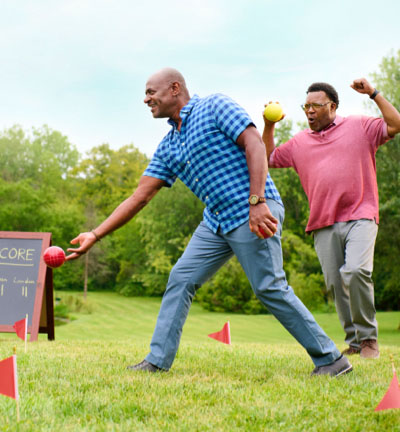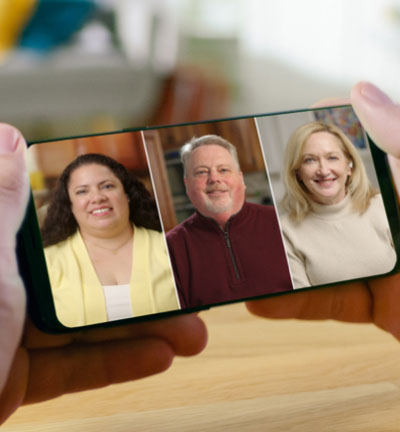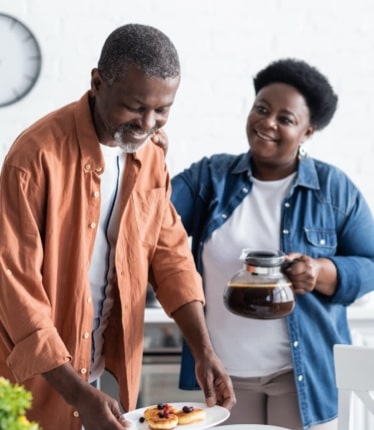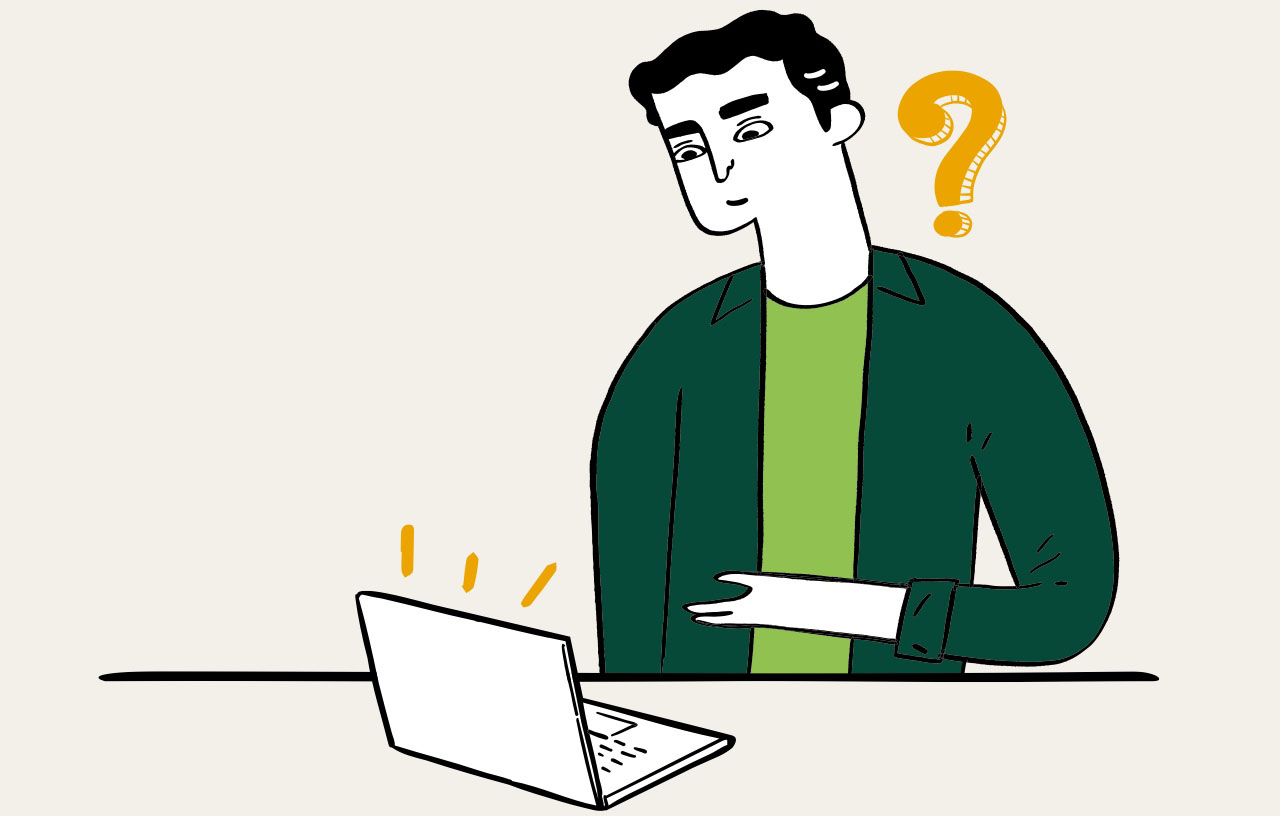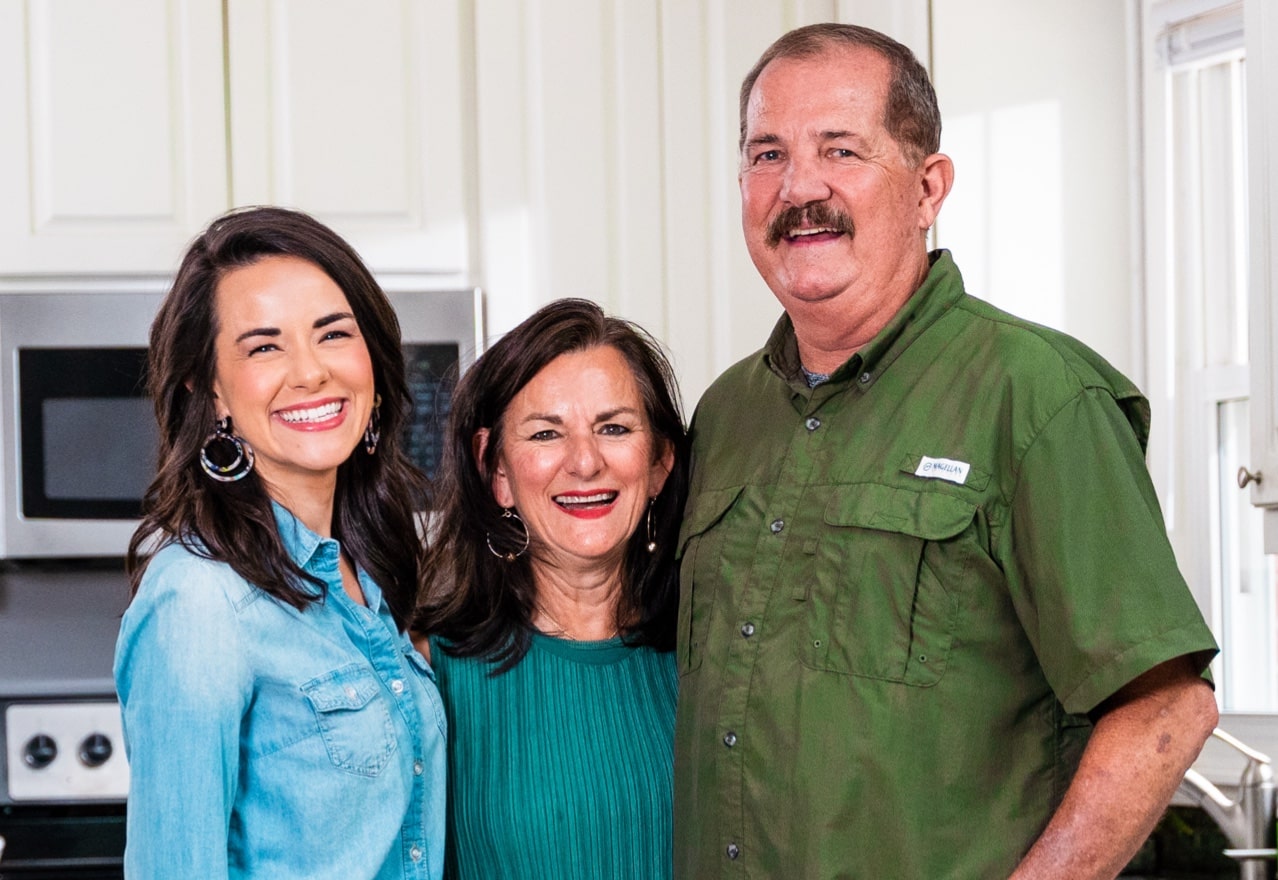Learn from experts and others living with MG how to address limb weakness symptoms and help manage them.
Living with myasthenia gravis (MG) may bring on a range of symptoms, and everyone’s experience is different. Since symptoms fluctuate, it might be hard to know when a certain symptom will hit you or how frequently you can expect it. But what you can do is learn about these symptoms and how to help manage them for when they do come on, as well as prep for doctor’s visits so you can communicate goals and concerns.
One common MG symptom is muscle weakness.1 In fact, the name “myasthenia gravis” literally translates to “serious muscle weakness.”2 In this article, you’ll get tips from a physical therapist and an occupational therapist who both live with MG, as well as other MG community members, to help you better understand limb weakness and how you might manage it for a greater everyday with MG.
Understanding and managing limb weakness
Limb weakness with MG can affect both the upper and lower parts of the body, including the neck, arms, legs and hands.3 When it comes to the severity of limb weakness symptoms, Julia,* an occupational therapist living with MG, says one way to measure it is by observing the ability to repeat certain actions. “Typically, the more people with MG try to do a movement, the more fatigued they may get, especially if it’s against resistance,” she shared.
Since limb weakness affects upper and lower areas of the body differently, here’s a breakdown of specific tools and tips for each:
Upper body weakness
Some everyday tasks that might provoke limb weakness in your upper body are loading the dishwasher, brushing your hair or getting dressed. Bryan,* who lives with MG, has also noted difficulty carrying his laundry. Julia mentions that there are fortunately several adaptive tools to help manage upper weakness symptoms while doing various daily activities. A few examples are electric jar openers, rotating curling irons and grab bars for the shower. Alicia,* who lives with MG, uses an electric toothbrush to reduce the repetitive arm motion when brushing her teeth.
In addition to adaptive tools, Julia notes how changing your environment may have some benefits. For example, if you cook with a pressure cooker a lot, consider keeping it out on your countertop instead of in a cabinet where you’d have to spend energy digging for it.
Lower body weakness
Limb weakness in the lower body may be felt when getting up from a chair, walking a long distance or standing for a significant amount of time. Balance aids like canes and walkers might be helpful if you need support walking or standing due to weak legs.
Alicia keeps a stool in her kitchen so she can easily rest her legs when cooking meals—like her MG-friendly black bean burger recipe. Stools are also great to keep in the bathroom so you can sit while washing your face, doing your hair or brushing your teeth. If you’re traveling or know you have a day ahead with lots of standing and walking, consider bringing a collapsible travel stool along.
When I start noticing limb weakness happening, I sit down and rest. That’s the biggest thing for me.
Another key aspect of managing limb weakness is recognizing your triggers.4 Alicia knows that heat is a trigger for her, so she plans her activities for the day accordingly if she knows it’s going to be hot outside. Bryan has also learned when it’s time to stop pushing himself. “When I start noticing limb weakness happening, I sit down and rest. That’s the biggest thing for me,” he said. “I also try to alleviate stressors and triggers of emotional anxiety, especially on days I know I’m not feeling my best and it’s a little easier to get fatigued.”
Liz Plowman,* a physical therapist living with MG, says that while movement is important, so is rest. If you’re attempting a daily activity or an exercise, she suggests setting a timer for how long you’ll do it, stopping when the time is up and then resetting the timer for a period of rest. Always start small when attempting exercises in this way and consult your doctor before beginning a new exercise routine.
Working with your healthcare team
Staying in close communication with your doctor about your limb weakness is important so they can know about your progress and make adjustments to your treatment plan if needed. There are specialists you may want to work with as well, such as an occupational therapist and a physical therapist. Physical therapists can typically work with you on your ability to perform certain movements, while occupational therapists tend to focus on your ability to do certain daily activities.
“As an occupational therapist, we interview the patient about what’s challenging them and what’s important for them,” Julia explained. “Then we approach it from a holistic view to help the person do what they want to do and what they need to do.” Julia suggests making a list of your challenges and priorities with specific examples to share at appointments, so you can guide the conversation to support your goals.
Occupational therapists can also use tools like a handheld dynamometer, which is a portable measurement device used to assess grip strength. Julia continued to explain, “There are a lot of tools within an occupational therapist’s scope to objectively collect weakness measures. I use those a bit in my own life when communicating to my medical team if my treatment isn’t working well.”
Liz encourages people to make sure they’re working with a specialist who is familiar with neuromuscular conditions. Additionally, she suggests asking for virtual sessions to help conserve energy that would otherwise be spent commuting and instead put it toward completing exercises at your appointment. Bryan shared that he worked with a physical therapist over video calls and was able to work on certain exercises in the comfort of his own home. Since Bryan used to lift weights before his MG diagnosis, he worked with his physical therapist on modified strengthening exercises. “It was good just to get me moving and doing something besides being stationary,” he said. Bryan has also seen a nutritionist who worked with him to identify foods that he felt helped fuel his body when dealing with limb weakness.
Between appointments, feel empowered to reach out to your healthcare team as needed so they are in the loop as symptoms evolve. Alicia noted the importance of this since you might be symptomatic one day but feeling better by the time you see your doctor. “It really does depend on the day, so I’m working on communicating those things better,” she said. “It’s sometimes hard to really paint a picture with accuracy in a way others can understand.”
Partner with the right doctor to track your symptoms, and approach it proactively.
Tracking your limb weakness symptoms
Symptom tracking in a way that works for you may help communicate the key details to your doctors. There are many ways to do this, like journaling your experiences or noting the number of exercise repetitions you can do before symptoms develop. Julia and Bryan use the Myasthenia Gravis Activities of Daily Living (MG-ADL) scale, a tool that helps identify the impact MG has on your daily life by assessing the severity of your symptoms.5 Many doctors use the MG-ADL scale to measure symptoms as well, so it may help to use this shared language when describing your symptoms to them. The tool includes eight daily activities related to common MG symptoms, each of which is measured on a scale of zero to three, with a score of zero representing normal function and a score of three representing the greatest severity of symptoms.5 The total score can range from zero to 24 points—in general, the lower the score, the less one’s daily activities may be impacted.5
Using the MG-ADL scale may help you track progress toward goals such as minimal symptom expression (MSE), which is defined as a total score of zero or one on the MG-ADL scale. Liz feels goals are very important to discuss with your healthcare team. “What is it that you want out of physical therapy?” she said, noting the kinds of questions she asks her patients. “Are we increasing your strength? Are we increasing your endurance? Are we increasing the quality of your movement?” Goals with MG are personal and can be as specific as you want. For instance, Liz said a goal for herself on her own MG journey was to be able to take her kids trick-or-treating.
Finally, remember to ask for help from your support system if you need it. Don’t be shy about letting them know what symptoms you’re dealing with—or might deal with—so they can be prepared to help. “My husband is a huge support. I tell him all the changes in my symptoms and he helps me navigate that quite well,” Julia said, explaining how he’ll do the cooking for the week or help wash her hair if she’s feeling symptomatic. She’s also clear with friends about her symptoms before a social event. “The more I share, the more they feel able to support me and make modifications so I can still be involved without stressing my body too much,” she said.
For more expert tips, exercises and discussion points for doctor’s visits, download the MG limb muscle weakness symptoms discussion guide below!


